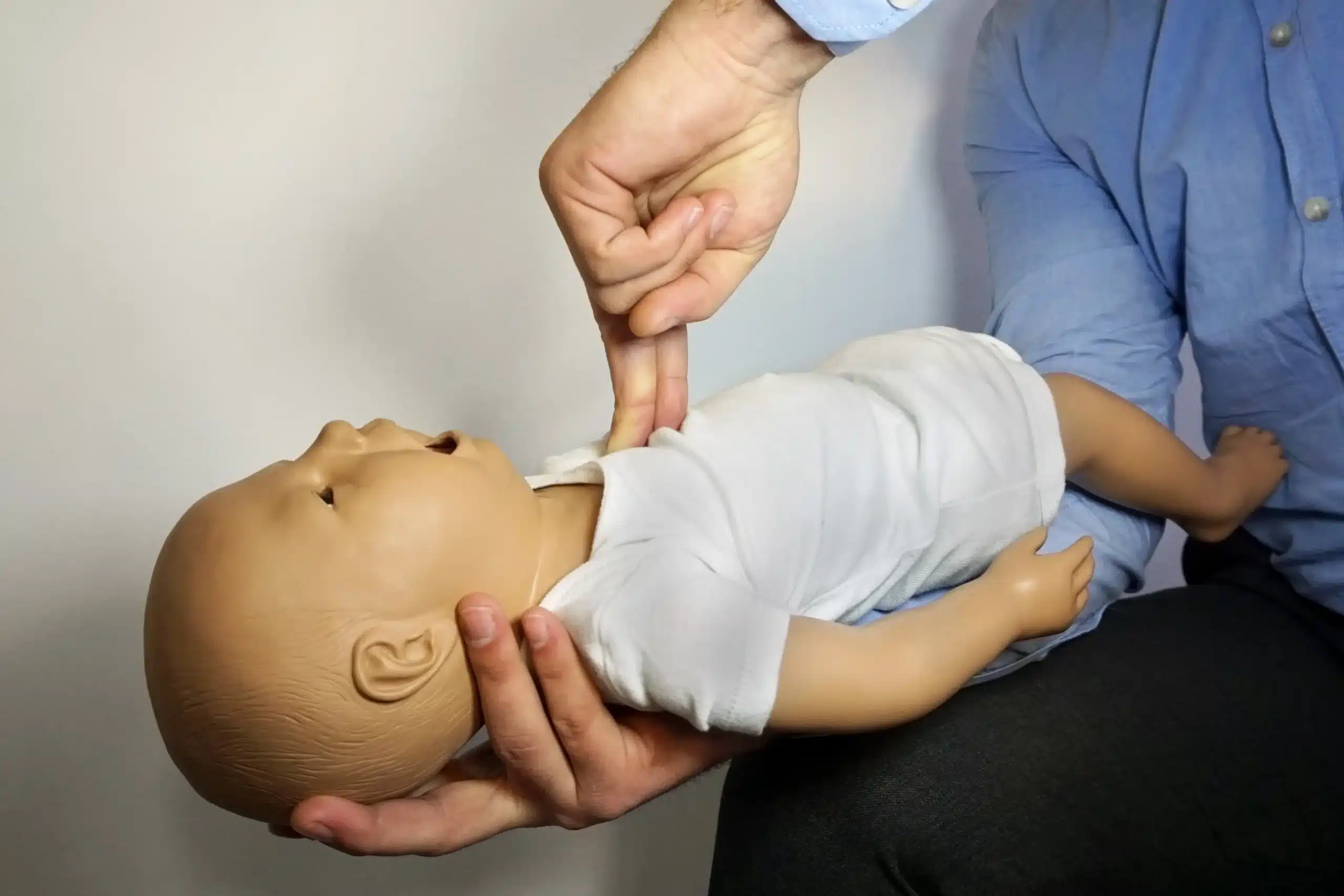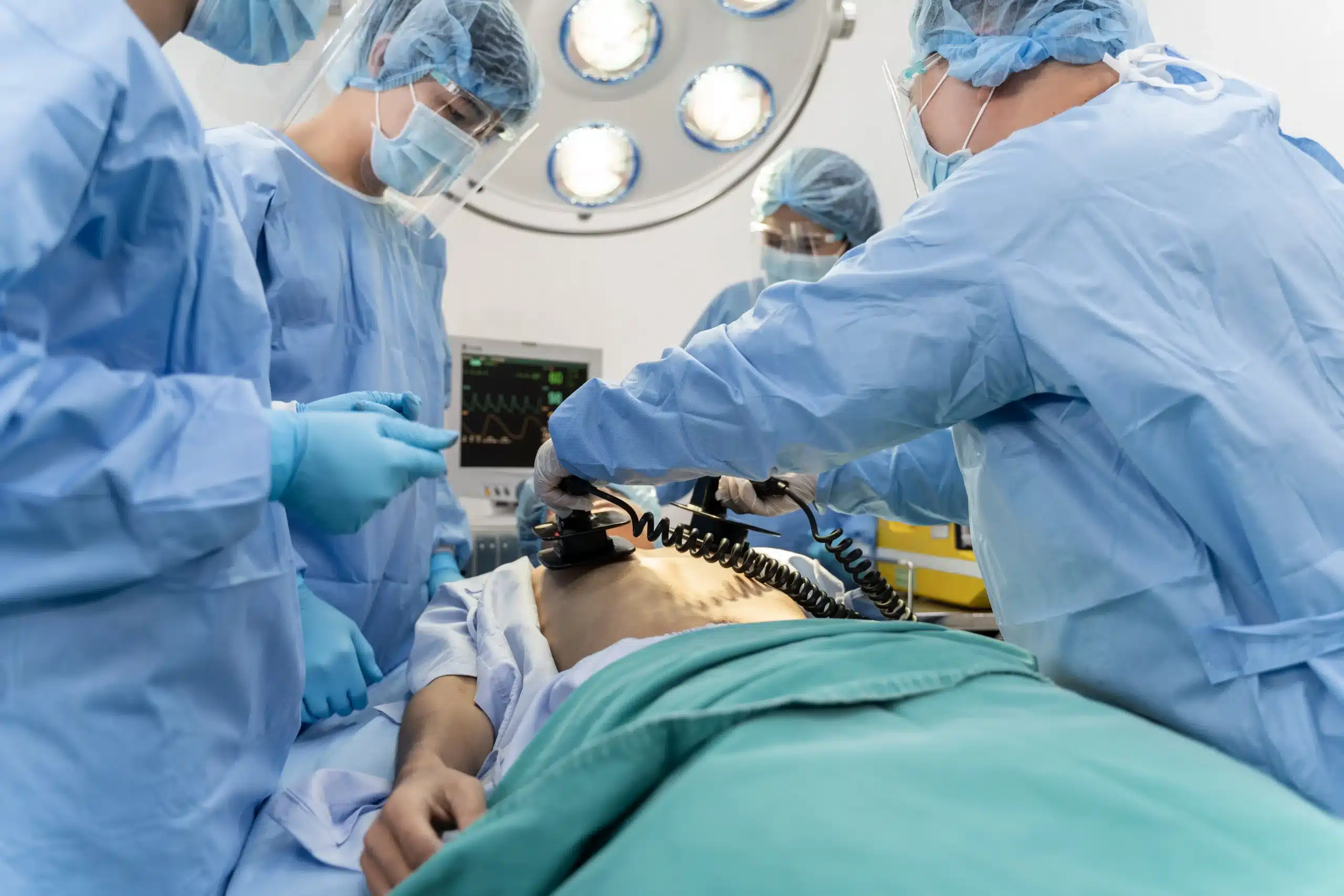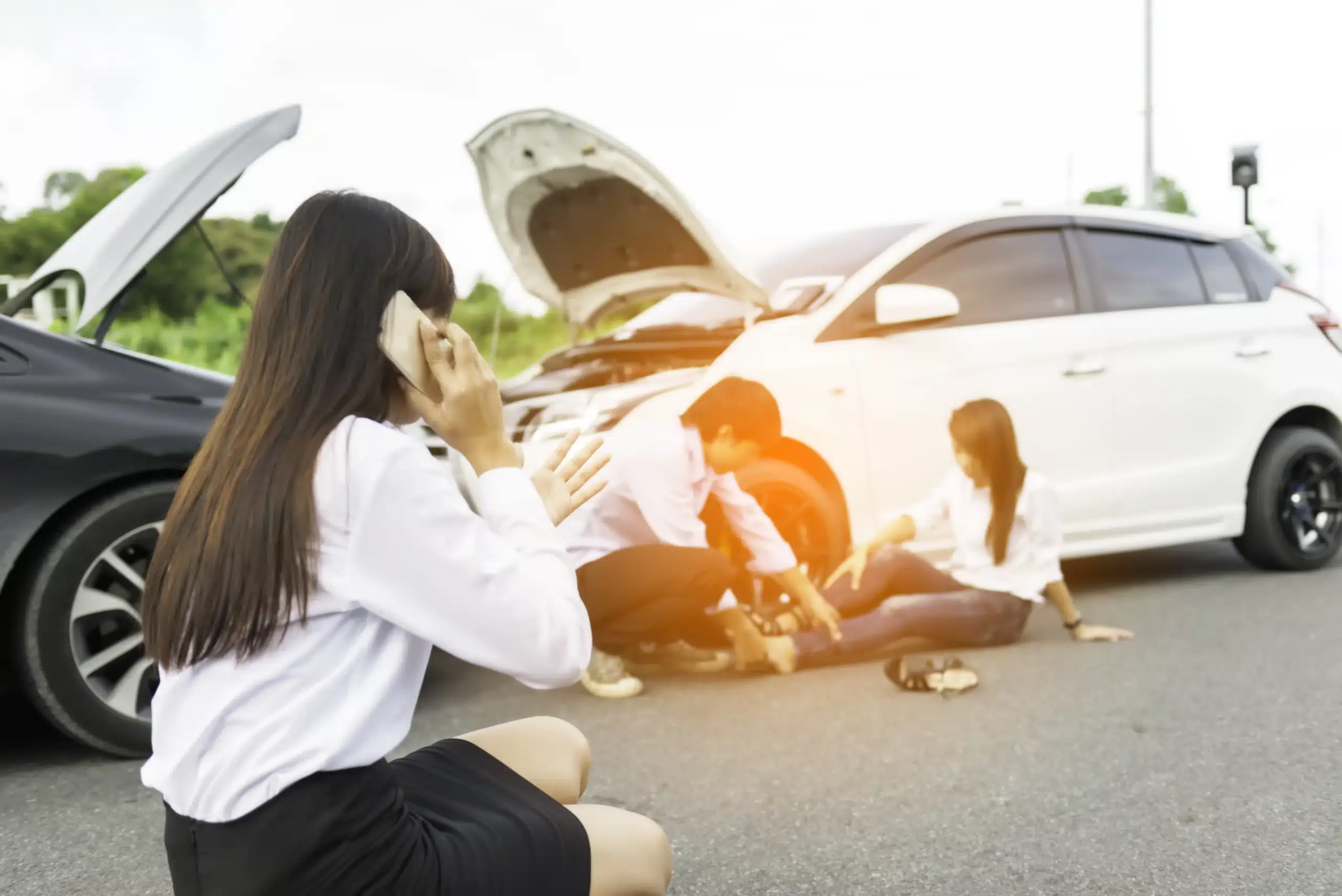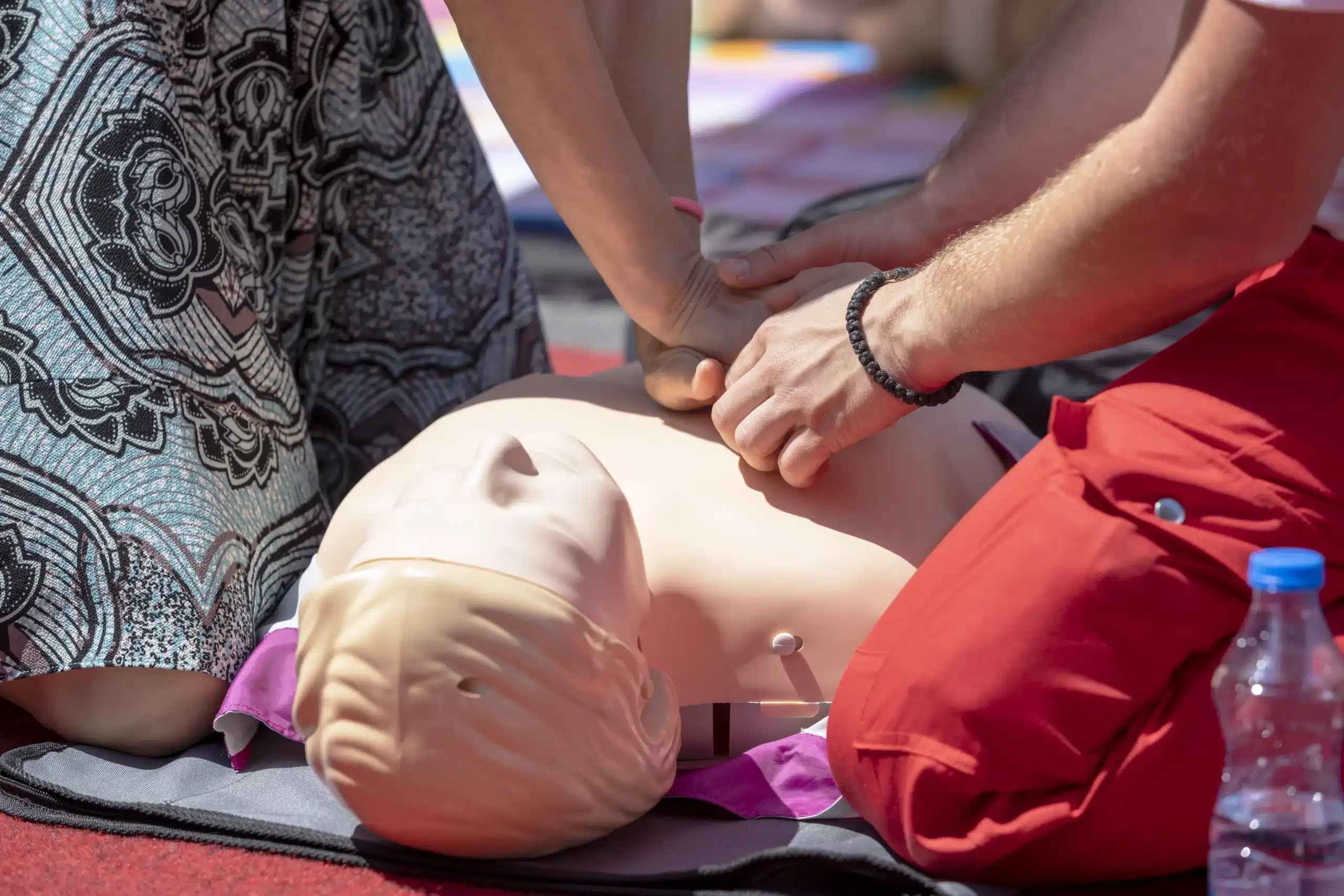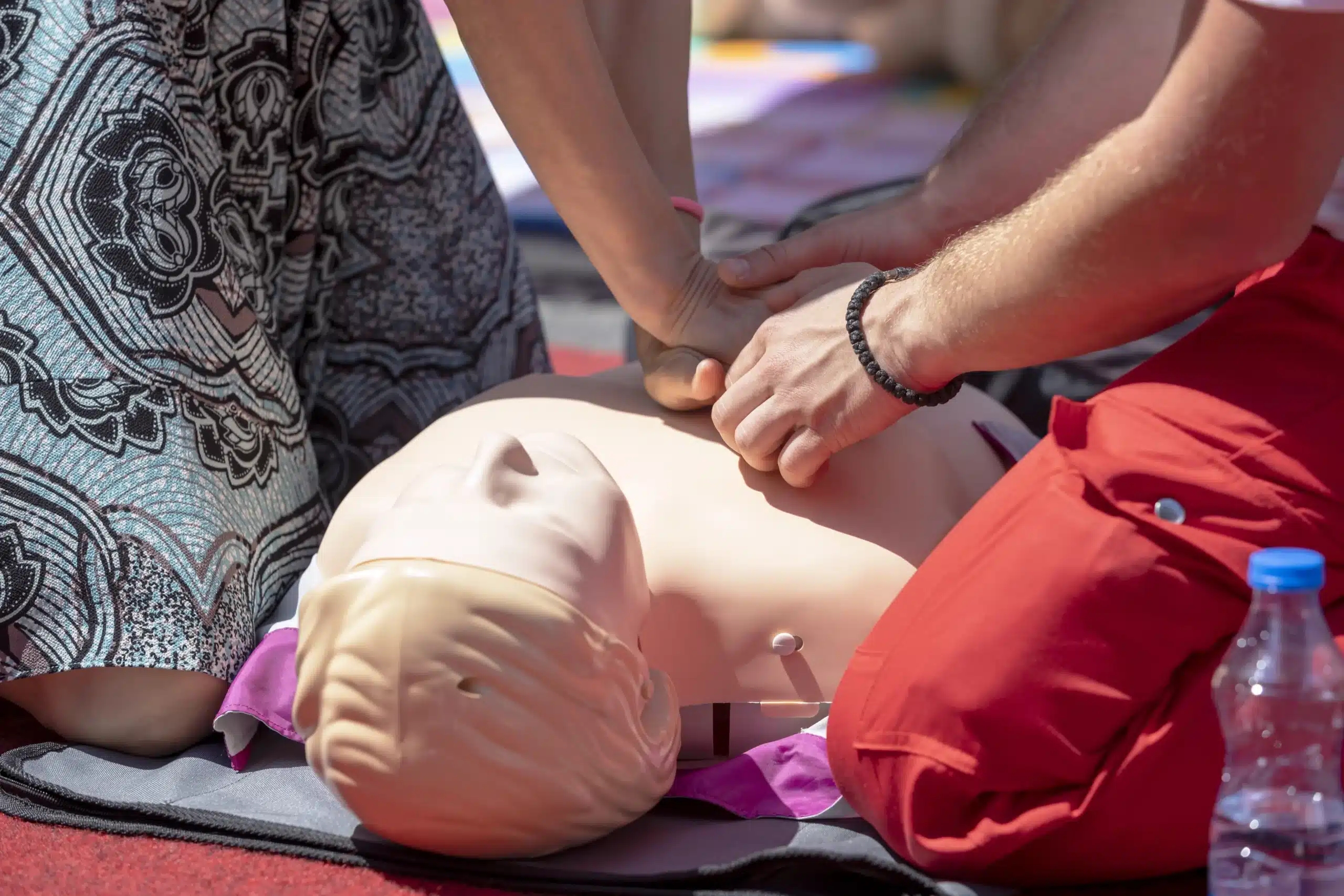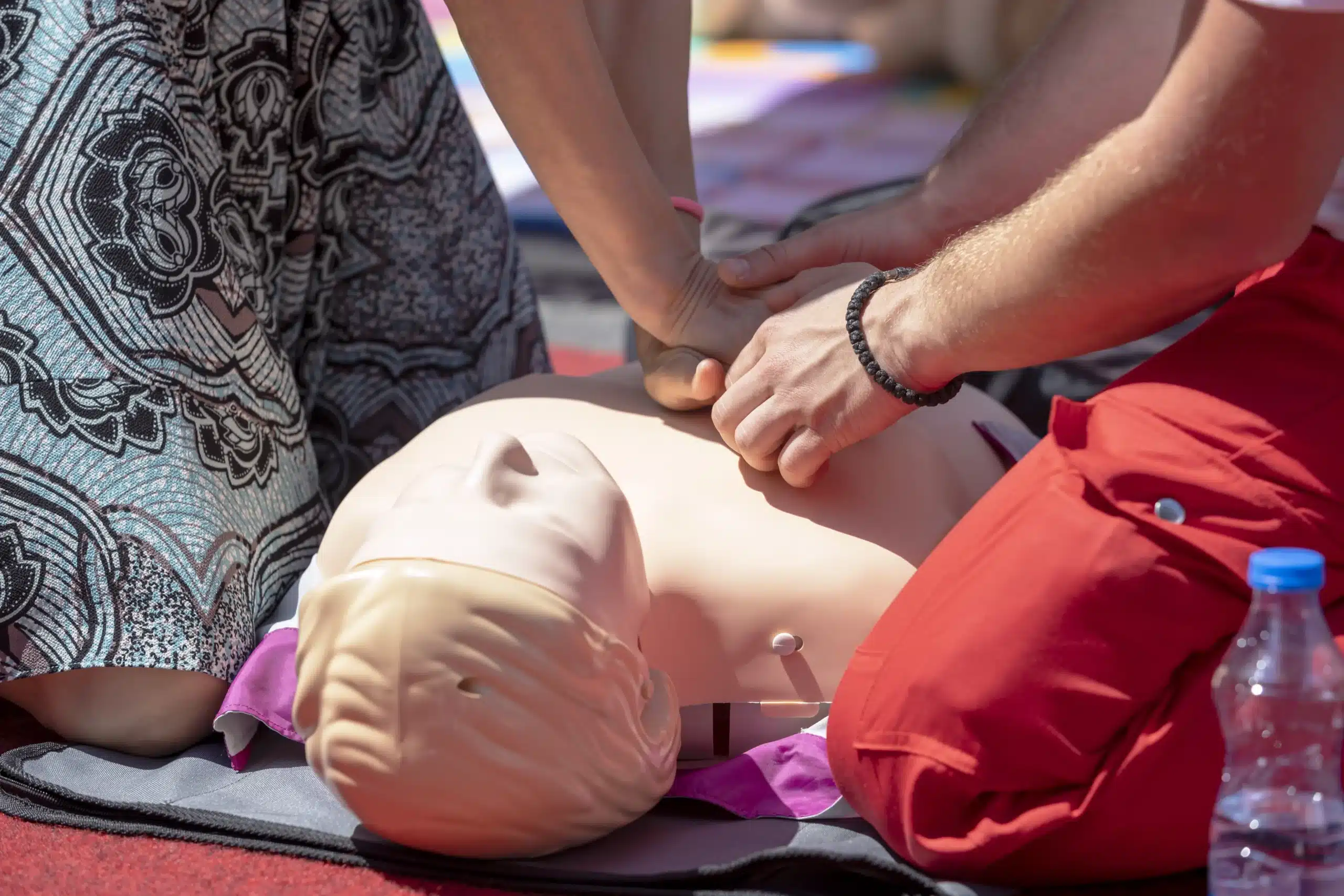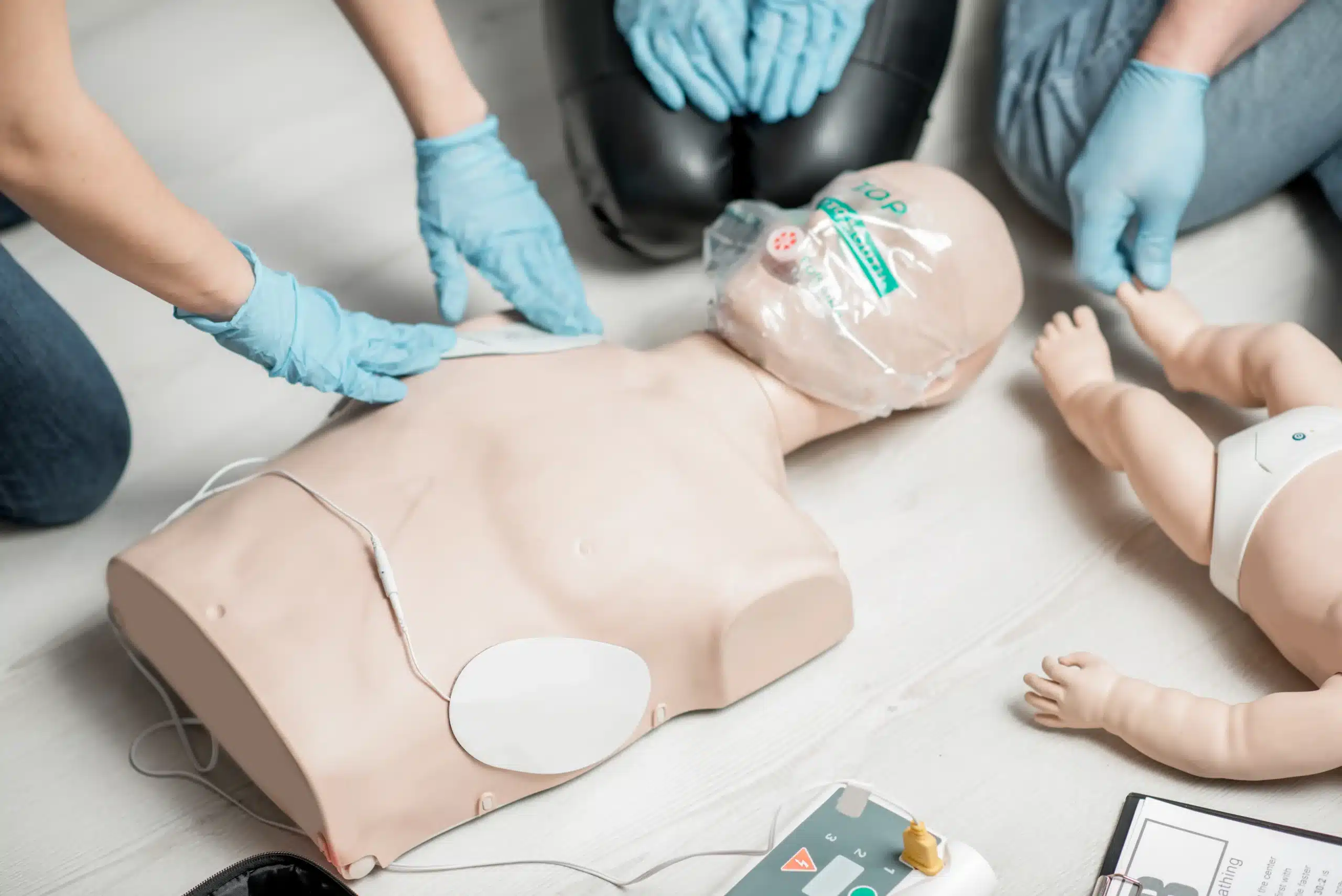Emergencies can happen anytime, anywhere. Picture this: someone collapses, and you’re the only one around who can help. BLS training equips you with the skills to respond effectively in such critical situations. It’s about more than just CPR; it’s about understanding the chain of survival and having the confidence to act quickly. This comprehensive guide will walk you through the essentials of BLS training, including how to find “bls training near me,” the different certification options, and what to expect during the course. We’ll also discuss the benefits of BLS certification and how it can empower you to make a difference in your community.
Key Takeaways
- BLS training empowers you to handle medical emergencies. It provides essential skills like CPR, AED use, and airway management, valuable for both healthcare professionals and anyone wanting to help in a crisis. Find a program that includes hands-on practice.
- Finding the right BLS course involves considering your individual needs. Think about your schedule, preferred learning style (in-person or blended learning), and budget. Look for accredited providers like Safety Training Seminars, known for their affordable options and convenient schedules.
- Preparing for BLS training involves a few simple steps. Review pre-course materials if provided, wear comfortable clothing, and bring a notebook to jot down important information. Active participation and hands-on practice are key to mastering these vital skills.
What is BLS Training and Why is it Important?
Basic Life Support (BLS) training gives you the skills to respond to medical emergencies. It covers core techniques like CPR, using an AED, and basic airway management. The American Heart Association (AHA) designed its BLS course for healthcare professionals and anyone who might need to help during a medical crisis.
BLS training empowers you to act quickly and effectively in a crisis, potentially saving lives. Key BLS skills include using AEDs, managing airways, and helping someone who is choking. Learning these skills builds confidence and prepares you to make a real difference when time is of the essence. BLS certification is often a job requirement for healthcare professionals, ensuring they can handle emergencies at work. This training not only strengthens individual skills but also contributes to safer, more prepared communities. For AHA-compliant BLS training near Modesto, Turlock, or Manteca, consider the BLS courses offered by Safety Training Seminars. They are an AHA Training Center committed to providing high-quality, affordable training.
Find BLS Training Near You
Finding the right BLS training program is easier than you think. With several reputable organizations and various course formats, you can find a class that fits your schedule and learning style. Whether you’re a healthcare professional needing recertification or someone wanting to learn this vital skill, there are options available.
BLS Training Formats
When searching for BLS training, you’ll find a few different formats. Many organizations offer traditional in-person classes, which provide a structured learning environment and direct instructor interaction. For those with busy schedules or who prefer a more flexible approach, blended learning is a great option. This format combines online coursework with in-person skills sessions, allowing you to learn the material at your own pace before practicing hands-on techniques. Some providers also offer customizable training programs for organizations needing to certify multiple employees.
Top BLS Training Providers
Several respected organizations offer BLS training. Here are a few:
Safety Training Seminars
Safety Training Seminars is known for providing comprehensive CPR and first-aid courses, including BLS certification. They’re committed to low prices and convenient class schedules in over 60 cities, making them an accessible choice. Check their website for course availability in your area. They also have a low price guarantee and offer discounts for group classes. Their certifications include BLS, ACLS, and PALS.
American Red Cross
The American Red Cross is a well-established provider of BLS certification and renewal courses. Their programs are widely recognized and designed for healthcare providers, offering comprehensive training and even instructor training options. Find a class near you.
American Heart Association
The American Heart Association offers a BLS course tailored for healthcare professionals and personnel who need to know CPR and other basic cardiovascular life support skills. Their training applies to various healthcare settings. Learn more about their BLS course.
Local Hospitals and Medical Centers
Many local hospitals and medical centers also offer BLS training courses. These courses are often tailored to the specific needs of healthcare providers within their facility, providing relevant, practical training. Check with hospitals and medical centers in your area for their course offerings and schedules.
Choose the Right BLS Training Program
Finding the right BLS training program is crucial for receiving high-quality instruction and obtaining a recognized certification. Here’s what to look for:
Factors to Consider
First, think about your experience. Are you a medical professional seeking recertification, or are you brand new to BLS? BLS classes cater to all skill levels, from beginners to seasoned healthcare providers. Consider your schedule and learning preferences, too. Do you prefer in-person instruction or the flexibility of online learning? Safety Training Seminars offers both options, so you can choose the format that works best for you. Many organizations, like the American Red Cross, offer various learning formats for their BLS Certification & Renewal courses.
Accreditation and Recognition
A reputable BLS training program should be accredited by a recognized organization, such as the American Heart Association or the American Red Cross. This ensures the program meets established standards and that your certification will be widely accepted. Look for programs that offer nationally accepted certifications, like the BLS course from Safety Training Seminars, accredited by the American Heart Association. This is especially important if you need certification for a specific job. Accreditation by organizations like the AMA, ANCC, ADA, and ACPE demonstrates a program’s commitment to quality and comprehensive training, as highlighted by ACLS Medical Training.
Course Content and Hands-on Practice
Effective BLS training involves more than just textbook learning. Hands-on practice is essential for developing the skills and confidence to perform CPR and use an AED in a real-life emergency. A good BLS course should include plenty of opportunities to practice these skills, much like the training sessions described by Rehoboth Health Institute. At Safety Training Seminars, we emphasize hands-on training to ensure you’re fully prepared to respond effectively.
Reviews and Testimonials
Before committing to a BLS training program, take a moment to see what other students are saying. Online reviews and testimonials can offer valuable insights into the quality of instruction, course materials, and overall learning experience. Positive feedback can give you confidence that you’re choosing a program that delivers on its promises. ACLS Medical Training features student reviews that highlight the benefits of their program. We encourage you to check out testimonials and see what students have to say about their experience with Safety Training Seminars.
BLS Training Costs and Duration
Knowing the costs and time commitment involved is key when considering BLS training. Let’s break down the typical expenses and how long you can expect the process to take.
Average BLS Certification Costs
BLS certification costs vary based on your location and the training provider. Generally, initial certification costs between $75 and $100. Safety Training Seminars offers a low price guarantee to ensure you receive excellent value. Recertification is typically less expensive, usually falling between $50 and $75. For specific pricing, it’s always best to check with your chosen provider. You can find our course pricing here.
Course Duration and Certification Validity
BLS courses are designed to be efficient and comprehensive, typically lasting between two and a half to four and a half hours. This covers essential skills, techniques, and the latest American Heart Association guidelines. Your BLS certification remains valid for two years after completion, ensuring your skills and knowledge stay current.
Renewal Process and Fees
Maintaining your certification is straightforward, with streamlined renewal courses available. You can usually recertify within 30 days of your certification expiring. Similar to initial certification, recertification fees range from $50 to $75. Safety Training Seminars offers various BLS courses to accommodate your schedule. Check with your provider for their specific renewal process and requirements.
Prepare for Your BLS Training
Getting ready for your BLS training doesn’t require intense preparation, but familiarizing yourself with the process and gathering a few essentials can make your experience smoother and more productive. Here’s what you can expect and how to set yourself up for success:
What to Expect
BLS training blends theory and hands-on practice. Expect interactive sessions covering core concepts like high-quality CPR, the AHA Chain of Survival, and effective ventilation techniques. You’ll work with training mannequins to practice chest compressions, rescue breaths, and using an AED in simulated emergency scenarios. This practical training builds both your knowledge and your confidence in responding to real-life emergencies. Many courses, like those offered at Safety Training Seminars, emphasize real-world application to ensure you’re prepared to act quickly and effectively.
Essential Materials and Equipment
While your BLS provider will supply the primary training equipment, having a few personal items can enhance your learning experience. A notebook and pen are useful for jotting down key concepts and questions during the course. Comfortable clothing is also recommended, as you’ll be actively participating in hands-on practice. For those who like to delve deeper, the BLS Instructor Manual, often available as a downloadable PDF, can be a valuable resource for pre-course review or for clarifying information after the training.
Tips for BLS Certification Success
Before your training, review any pre-course materials provided by your instructor. This might include basic anatomy or CPR guidelines. Actively participate in discussions and ask your instructor for clarification on any topic. Hands-on practice is crucial for mastering BLS skills, so take full advantage of the opportunity to work with the mannequins and AEDs. Some providers offer worksheets or study guides to reinforce learning and prepare for the certification exam. Remember, the goal is not just to get certified, but to feel confident and prepared to use your skills when they matter most.
Related Articles
- BLS Certification in Manteca: Your Complete Guide – Modesto CPR Classes
- BLS Renewal in Modesto: Your Complete Guide – Modesto CPR Classes
- BLS Certification in Modesto: Your Complete Guide – Modesto CPR Classes
- BLS Classes in Turlock: Your Complete Guide – Modesto CPR Classes
- BLS Courses in Modesto: Your Complete Guide – Modesto CPR Classes
Frequently Asked Questions
What is the difference between BLS and CPR?
CPR (Cardiopulmonary Resuscitation) is a specific lifesaving technique used when someone’s breathing or heartbeat has stopped. BLS (Basic Life Support) is a broader term encompassing CPR but also including other skills like using an AED and relieving choking. Think of CPR as one piece of the larger BLS puzzle.
How do I find a BLS class near me?
Several organizations offer BLS classes. Start by checking the websites of the American Heart Association and the American Red Cross, as they often list certified training centers in your area. You can also search online for “BLS classes near me” or contact local hospitals and medical centers directly. Safety Training Seminars offers BLS classes in over 60 cities – check their website to see if they have a location near you.
How long does BLS certification last, and how do I renew it?
BLS certification is typically valid for two years. When it’s time to renew, you’ll take a recertification course, which is often shorter than the initial certification course. Contact your original training provider or another certified center to find a renewal course. Make sure to renew within the specified timeframe to avoid having to retake the full certification course.
What if I’m not a healthcare professional – can I still take BLS training?
Absolutely! BLS training is valuable for anyone, not just healthcare professionals. Knowing these skills can help you respond to emergencies at home, at work, or in your community. Many people take BLS training to be prepared for unexpected situations and to gain the confidence to help others in need.
What should I bring to my BLS class?
Most training providers will supply all the necessary equipment, including mannequins and AED trainers. However, it’s a good idea to bring a notebook and pen to take notes, and comfortable clothing is recommended for the hands-on practice sessions. You might also want to bring a water bottle and a small snack, depending on the course length and your personal preferences.
